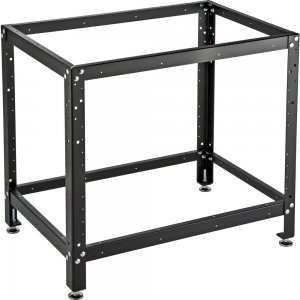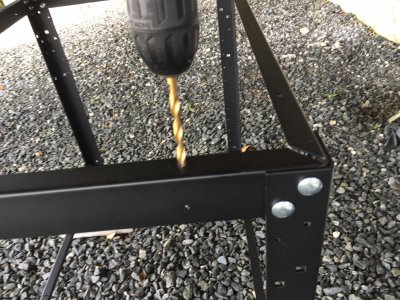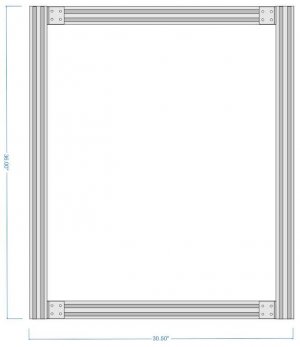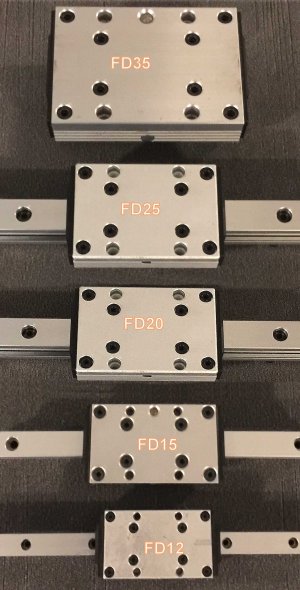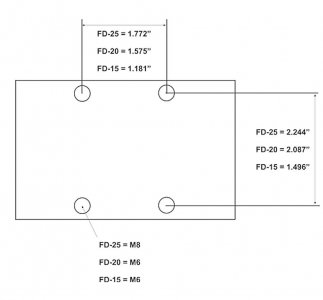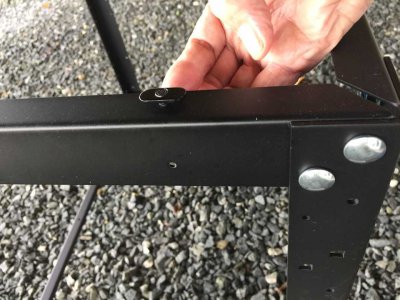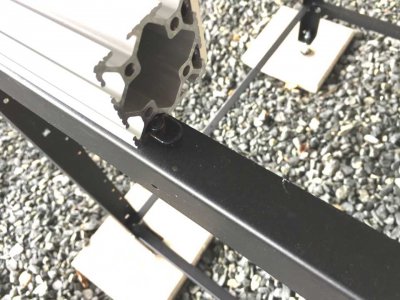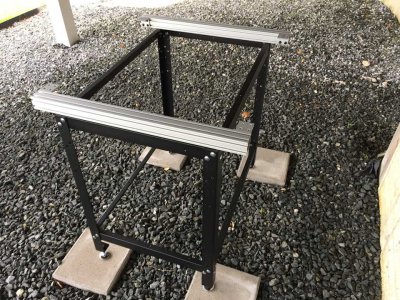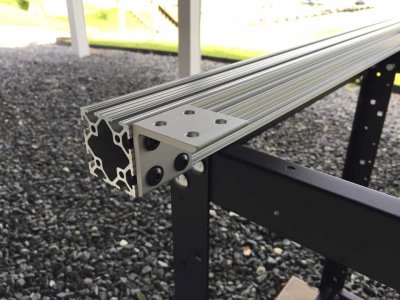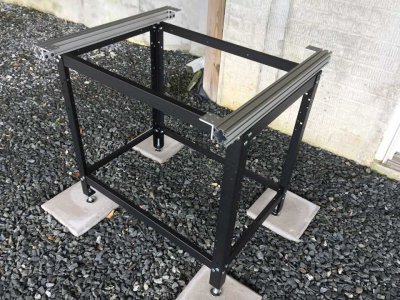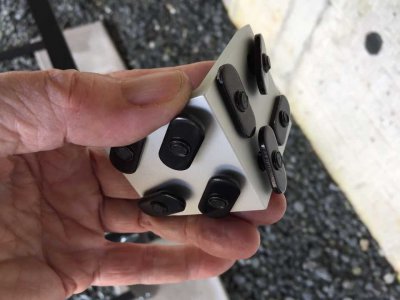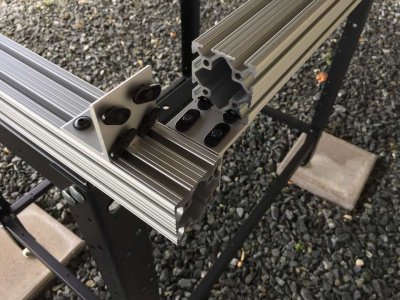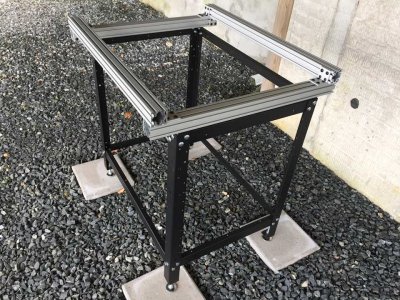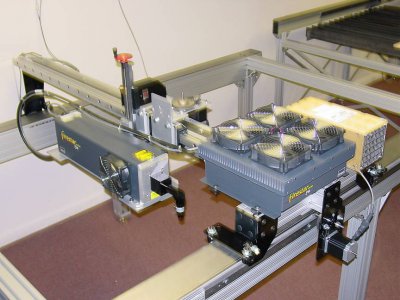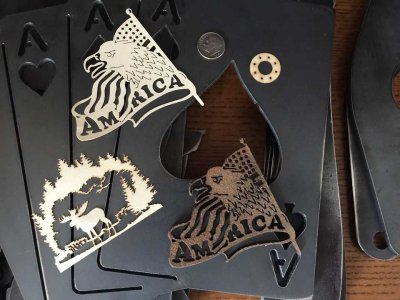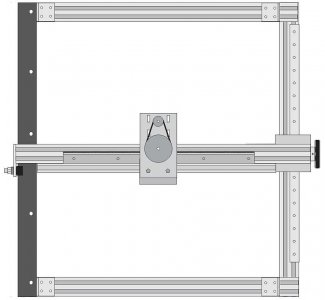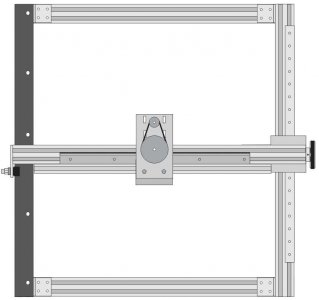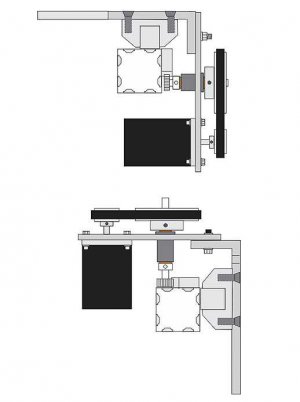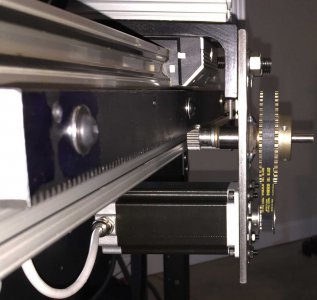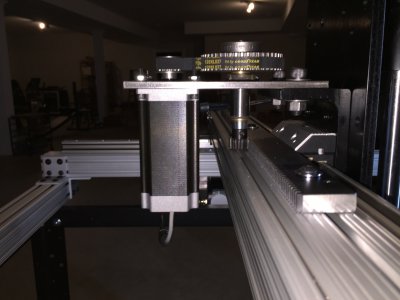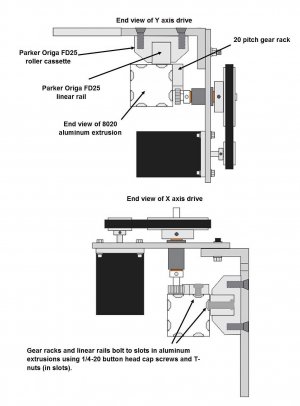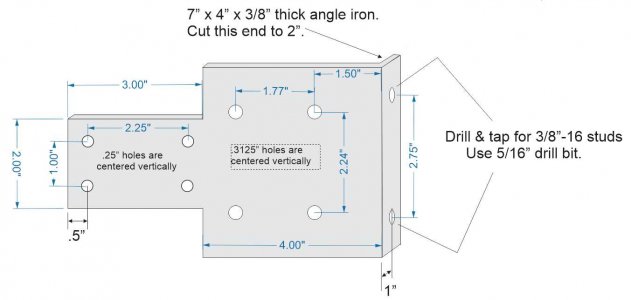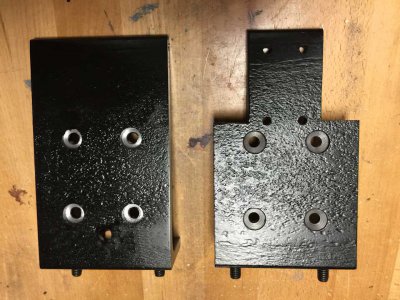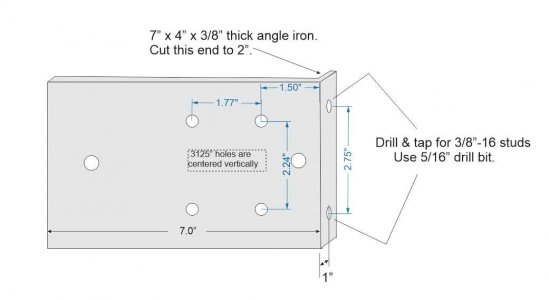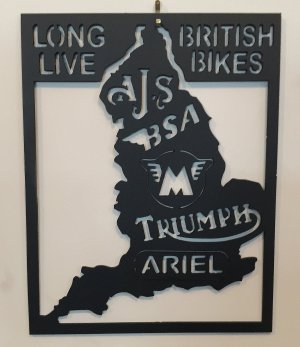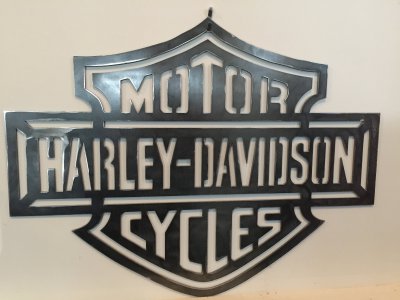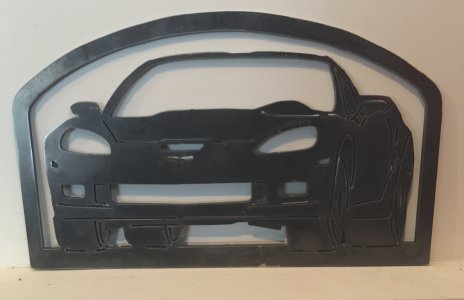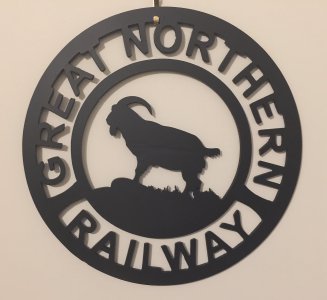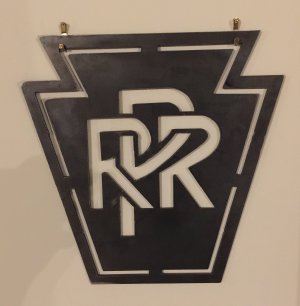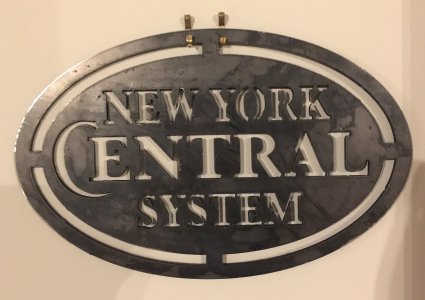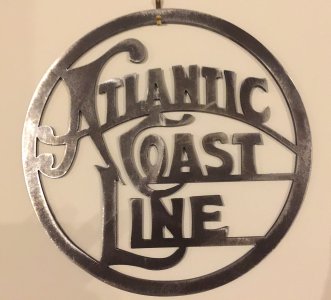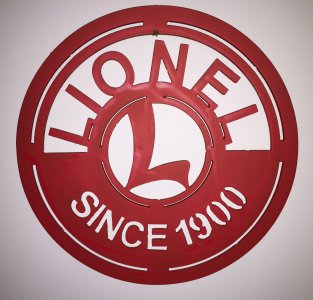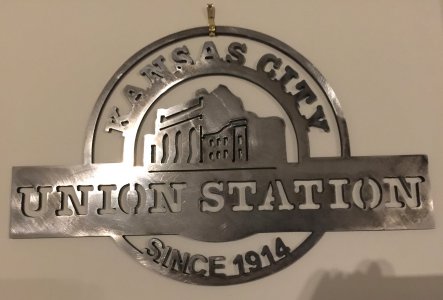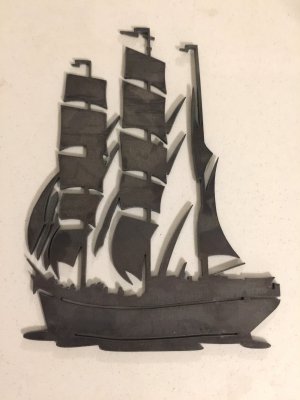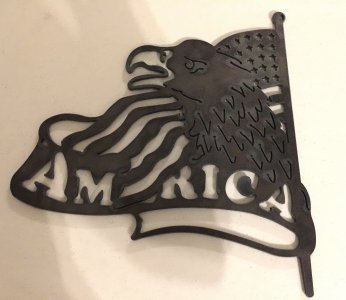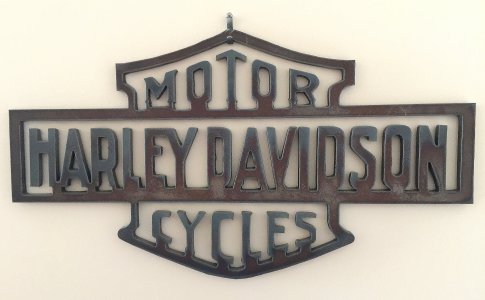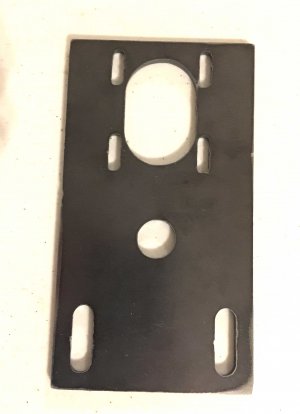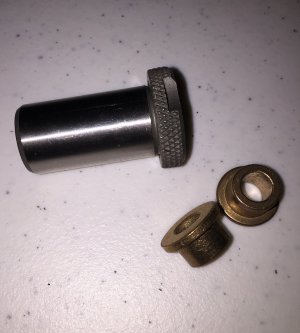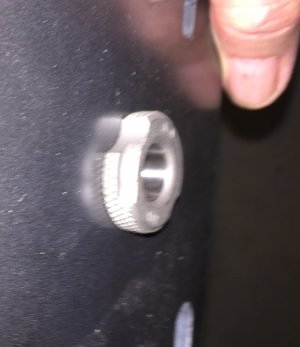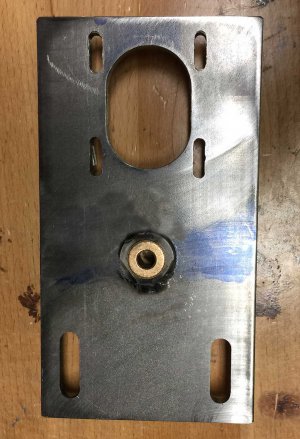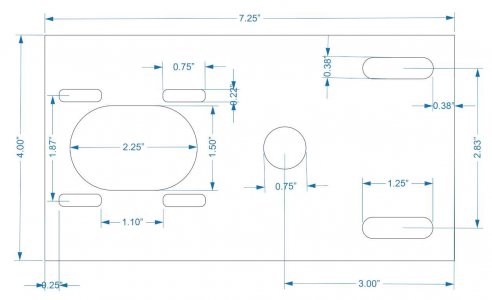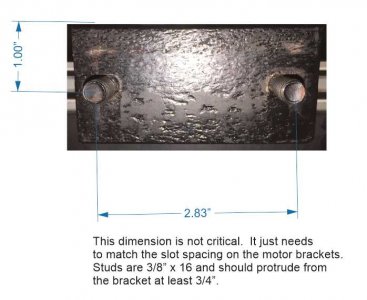- Joined
- Apr 23, 2018
- Messages
- 6,501
I like how the small size is the solution to torch height control. For me, brackets and tabs and other automotive stuff would be the immediate purpose. Most of that stuff fits fine into a 2'x2' envelope. Hmmm...
My plasma is a Thermal Dynamics Stack Pak with two power packs. I have a 35a torch head and a 70a torch head. I do have a straight torch for automated application, but I need to do some homework on the Thermal Dynamics as to why the rep told me it wouldn't work with CNC. I think it had something to do with latching with the control. Don't know why it wouldn't work with the control boards out there.
I'm also sitting on a box of PMDX boards and Gecko drives... Yep, might have a project in my future.
My plasma is a Thermal Dynamics Stack Pak with two power packs. I have a 35a torch head and a 70a torch head. I do have a straight torch for automated application, but I need to do some homework on the Thermal Dynamics as to why the rep told me it wouldn't work with CNC. I think it had something to do with latching with the control. Don't know why it wouldn't work with the control boards out there.
I'm also sitting on a box of PMDX boards and Gecko drives... Yep, might have a project in my future.


